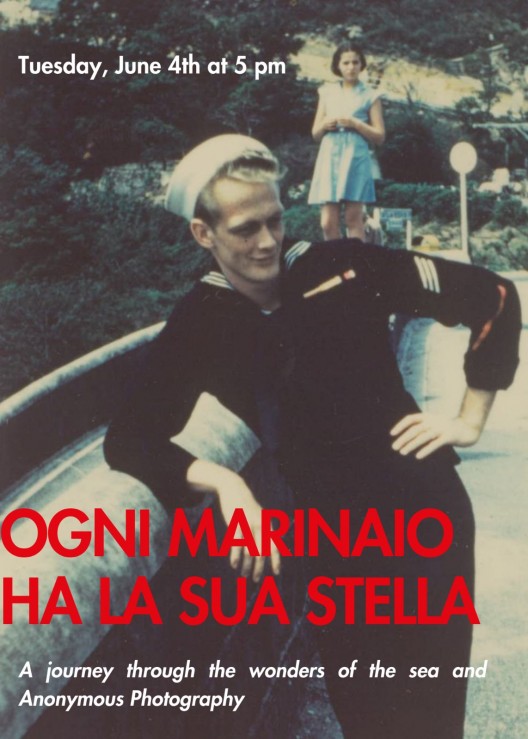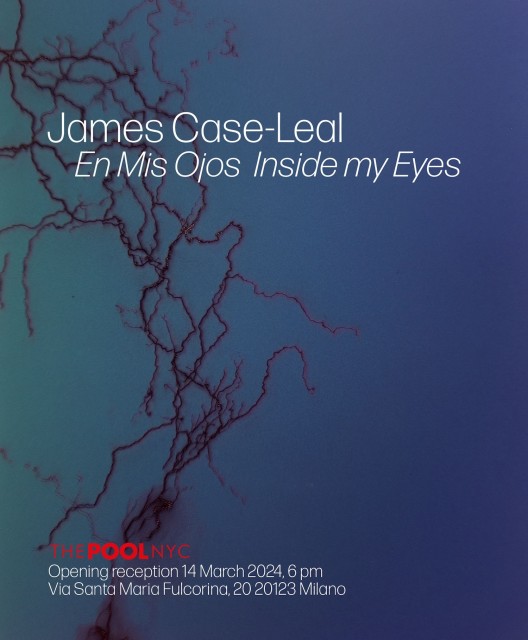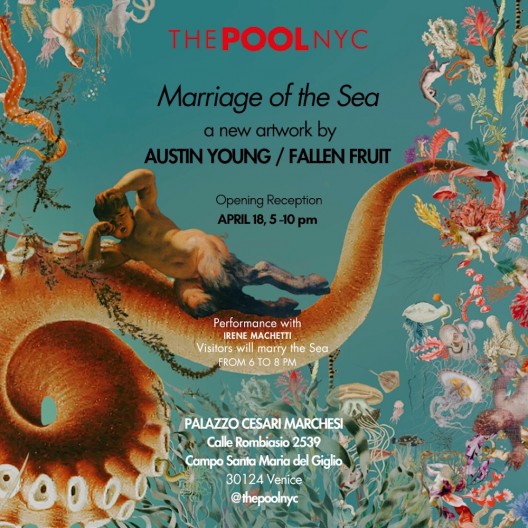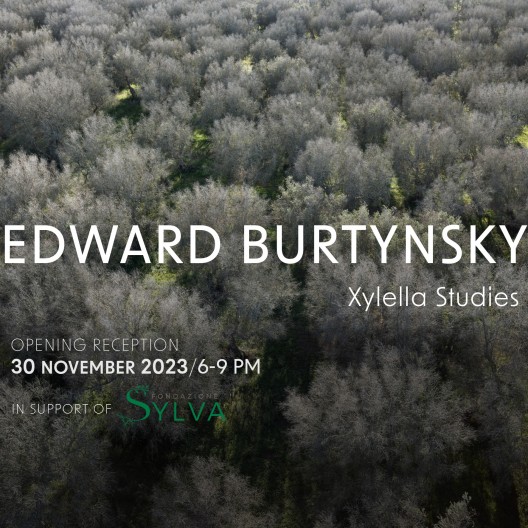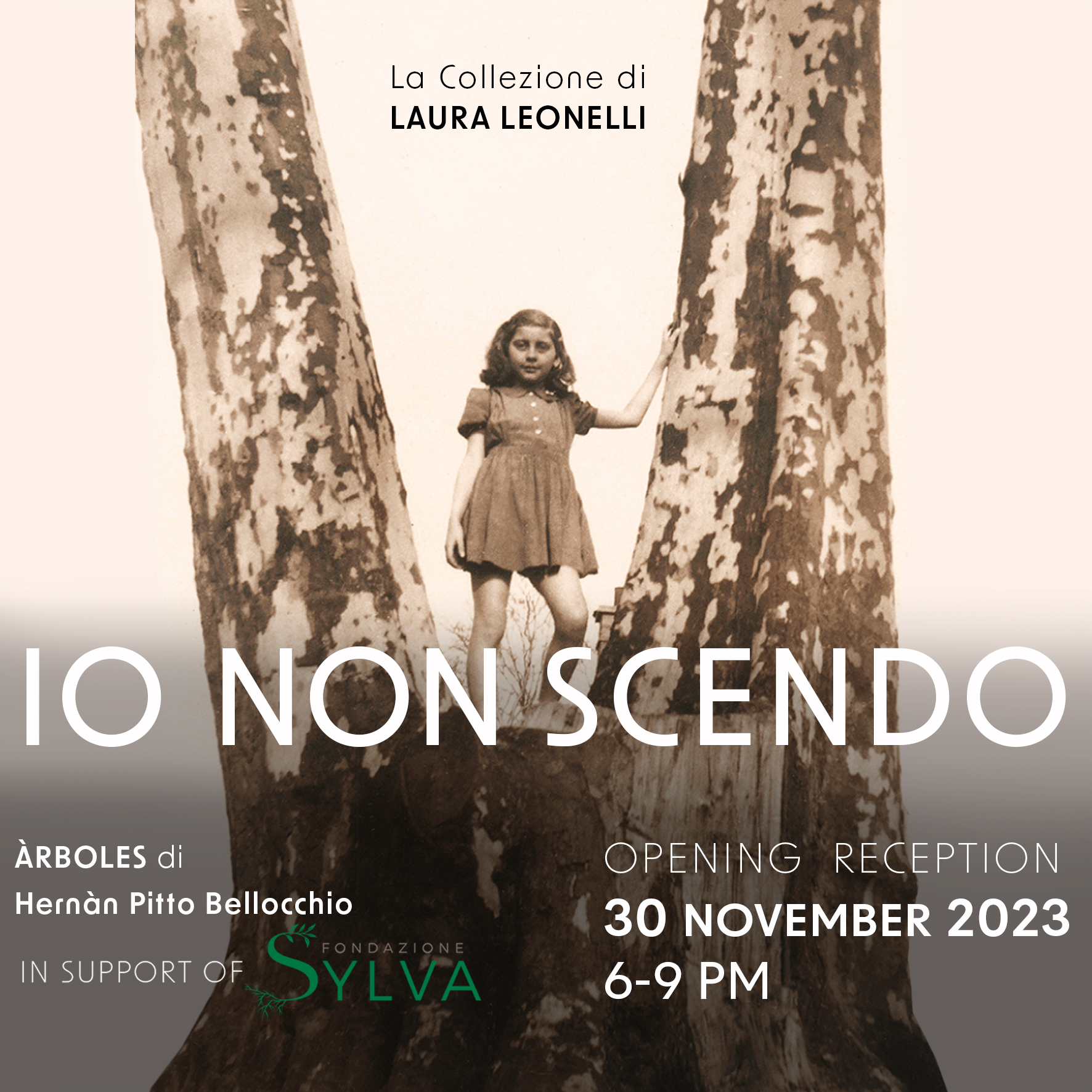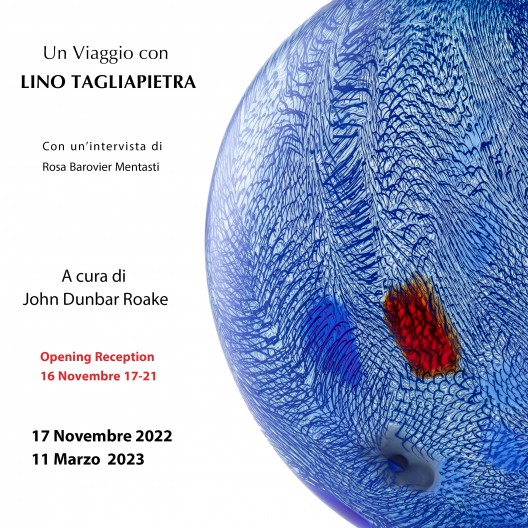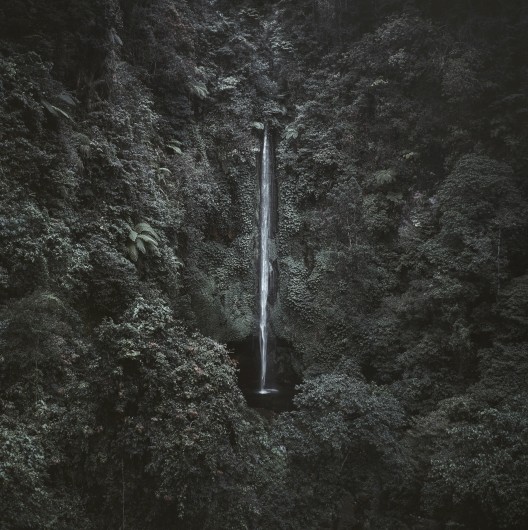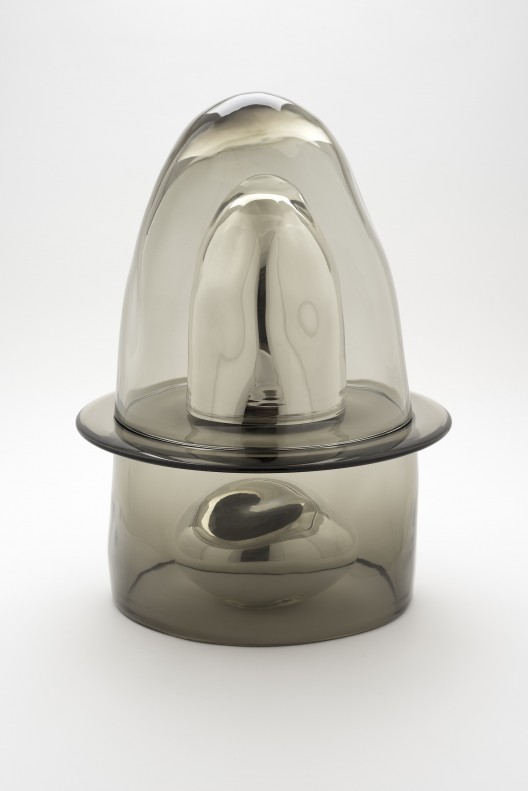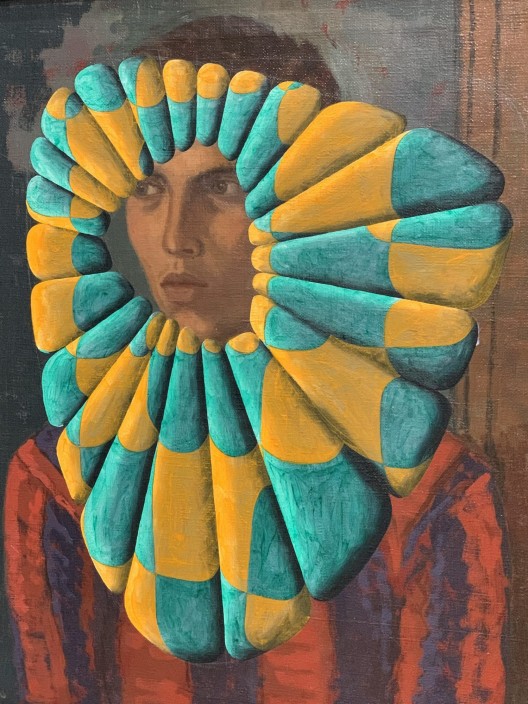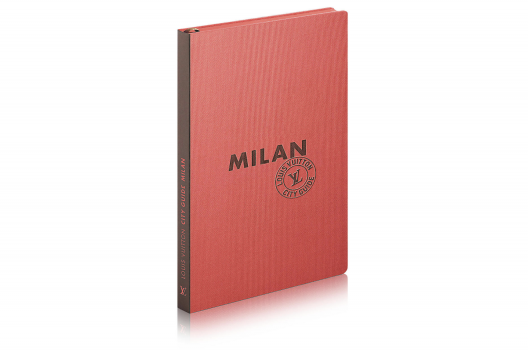A journey through the wonders of the sea and
Anonymous Photography
Either one is a sailor or one is not
Joseph Conrad
THE POOL NYC presents a new chapter in its original exploration of Anonymous Photography and its masterpieces. On the occasion of Men’s Fashion Week, the gallery pays homage to the allure of sailors and their unparalleled, timeless elegance. In an installation of ninety anonymous photographs, from mid-19th century France to 1920s Italy, from New Deal America to 1950s Soviet Union, the exhibition tells the story of the eternal seduction of a male myth and the oceanic element in which it was born.
Virile yet graceful in poses that adapt to the flow of the waves, sparkling and smiling in uniforms that continue to inspire both men’s and women’s wardrobes, sailors used photography to freeze time and erase any distance. From the Atlantic to the Baltic Sea, from the Mediterranean to the Pacific, and up to the Black Sea, sailors have always photographed themselves everywhere: inseparable among buddies, during manoeuvres and chores, on the ship’s deck building muscles, on leave, just married outside the church, next to the statue of Garibaldi in a photo studio, and in the cabin of a photo booth just before sailing.
In a century of images and great horizons, from 1860 to 1960, this exhibition invites us to become sailors too, to wear the uniform of freedom and adventure, and to set off. After all, as Mark Twain said: “Twenty years from now you will be more disappointed by the things that you didn’t do than by the ones you did do. So throw off the bowlines. Sail away from the safe harbor. Explore. Dream. Discover.”
The exhibition features a second installation themed around the scientific and artistic exploration of the starfish. From the archives of the famous Station Biologique de Roscoff in Brittany, founded in 1872 and dedicated to exploring marine species, these anonymous images form an original corpus created in the early 1950s.
The enchantment lies not only in the beauty of the subject but also in the quality of the photographs, which bring us back to the extraordinary experience of Jean Painlevé (1902-1989), biologist, filmmaker, friend of Jean Vigo, Jacques-André Boiffard, and André Breton, and researcher at the Station Biologique de Roscoff. It was in Roscoff between the 1920s and 1930s that Painlevé created his famous photographic and cinematic recordings of starfish, octopuses, seahorses, shrimps, and sea urchins. An unexplored world, whose dreamlike and sensual power the Surrealists intuited, and it is no coincidence that Man Ray asked Painlevé for an excerpt of his recordings to include in the famous film L’étoile de mer (The Starfish) of 1928. A world, still, that comes back to us in an unpublished, hypnotic, and precious collection.
JUNE 4 -SEPTEMBER 29, 2024
THE POOL NYC is pleased to present Inside my Eyes, a solo exhibition dedicated to the latest and the more iconic works of the American artist James Case-Leal.
In the upcoming exhibition, the artist investigates the intriguing phenomenon of afterimages: the visual distortions experienced after intense stimuli. Staring at the sun or lightning illuminating the night sky, their flashes linger in one’s vision as a result of the exhaustion of our optical nerves from excessive stimulation. The artist breaks away from traditional painting techniques, using numerous layers of spray on linen canvases stretched on wood.
‘My entire nervous system has been overstimulated for as long as I can remember. Constant fear, anxiety, worry, even optimism have kept my nerves in a state of hyper-vigilance. I wonder if my nervous system is susceptible to the same kind of exhaustion as in my eyes. It feels like it. And if the nerves throughout my body are shutting down, I wonder how that’s distorting the way I see the world.’
James Case-Leal challenges conventional boundaries, inviting viewers into a world where reality and abstraction intertwine to evoke a sense of wonder and introspection. Through his unique perspective and ability to capture the essence of the human experience, Case-Leal’s recent artworks reveal intense introspection and a deep connection to the nature of perception itself.
These paintings relate to perception. And the unsettling awareness that everything I’ve ever seen happened inside my eyes.
|
|
|
|
La grave situazione ambientale in cui versa la Terra è ormai nota a tutti.
Sorge dunque spontaneo domandarsi cosa possa fare l’uomo per limitare i danni derivati dal cambiamento climatico da lui provocato.
Già nel 1909 Marinetti auspica e canta l’amor del pericolo, l’abitudine all’energia e alla temerità. La vita contemporanea ha infatti sedotto l’uomo con la velocità, l’industria e il profitto, tralasciando radici e obiettivi fondamentali alla sopravvivenza del genere umano.
Dal sentimento prima eroico, in cui l’uomo si emancipa da una natura dominante, si è giunti ad uno sfruttamento scellerato, a puro scopo di lucro, delle risorse naturali.
L’idea romantica che i tesori della terra fossero infiniti si è rivelata infondata.
Da qui i forti disastri: l’inquinamento atmosferico, la crescita delle temperature medie, i cataclismi e la comparsa di parassiti infestanti come la xylella fastidiosa, a cui viene dedicato un approfondimento specifico nella mostra Xylella Studies di Edward Burtynsky nella sede milanese di THE POOL NYC.
L’essere umano deve ripensare il proprio rapporto con la natura, non c’è più tempo.
Proprio per questo THE POOL NYC ha deciso di supportare Fondazione Sylva, che si occupa di rigenerazione ambientale attraverso la riforestazione.
Le prime due sale della galleria ospitano il lavoro commissionato da Fondazione Sylva all’artista canadese Edward Burtynsky, celebre in tutto il mondo per il suo impegno civile nella testimonianza dell’impatto dell’uomo sul pianeta. Le fotografie raccontano il disastro avvenuto in Puglia, dove oltre ventuno milioni di olivi sono stati contagiati dall’aggressivo batterio.
Nella Sagrestia della galleria viene presentata la straordinaria Collezione di fotografia anonima di Laura Leonelli dedicata alle donne sugli alberi, raccolte nel libro “Io non scendo”: un lavoro che apre scenari estremamente interessanti su cosa abbiano significato le piante anche per l’indipendenza femminile.
Per completare la ricerca green, THE POOL NYC propone il lavoro dell’artista cileno Hernàn Pitto Bellocchio, che interpreta a china i luoghi del potere sudamericano sottratti agli abitanti e a Madre Natura.
Edward Burtynsky è tra i fotografi più conosciuti a livello internazionale. L’artista canadese ha dedicato quaranta anni della sua carriera alla testimonianza dell’impatto che l’industrializzazione ha avuto sul nostro pianeta. Il suo lavoro si trova nelle collezioni di oltre sessanta musei tra i più importanti al mondo.
Laura Leonelli, giornalista, collabora al supplemento culturale de Il Sole 24 Ore, Arte e AD. È curatrice della Collezione Ettore Molinario. Ha pubblicato i volumi Siberia per due. Madre e figlia lungo lo Enisej (Feltrinelli), Lem. Viaggio iniziatico di un piccolo Buddha (Contrasto), Paolo Ventura. Autobiografia di un impostore (Johan & Levi), Rosalia Rabinovich. Stella Rossa (Biffi Arte), Bruno Corali. Il volo della gazzella (Lubrina), È Nestlè. Un viaggio all’origine di tanti sapori italiani (Peliti Associati), Un anno Pedrini (Peliti Associati). Da tempo studia e colleziona fotografia anonima.
Hernán Pitto Bellocchio, artista cileno, vive e lavora tra Milano e Buenos Aires. Esplora diverse tecniche come la fotografia, la pittura, il disegno e le installazioni site-specific. La sua ricerca si focalizza su temi socialmente critici, dove trova le connessioni che esistono tra i sistemi artificiali delle città, l’anatomia umana e il mondo delle piante.
Fondazione Sylva è un ente no-profit che si occupa di rigenerazione territoriale principalmente attraverso la riforestazione e la rinaturalizzazione in aree abbandonate o marginali. Promuove attività di educazione e sensibilizzazione nelle scuole; mobilita il mondo dell’arte e della cultura sui temi ambientali.
Opening Reception:
Giovedì 30 Novembre 2023 dalle 18 alle 21
Ore 19.15 Talk con Luigi de Vecchi, Laura Leonelli ed Alessandra Viola
Date:
Primo Dicembre 2023 – 2 Marzo 2024
Aperto da Martedí a Sabato 11-13/15-19
Fondazione Sylva
Piazza Castello dei Trane, 1
73039 Tutino, Comune di Tricase (LE)
info@fondazionesylva.com
ARE YOU AN ICON, TOO?
Curated by Luigi Franchin and Viola Romoli
Claudio Abate, Berenice Abbott, Nobuyoshi Araki, Peter Beard, Bill Brandt, Henri Cartier-Bresson, Gregory Crewdson, Mario De Biasi, Robert Doisneau, Alfred Eisenstadt, Elliott Erwitt, Ron Galella, Luigi Ghirri,
Mario Giacomelli, Gianfranco Gorgoni, Jacques-Henri Lartigue, Yousuf Karsh, André Kertész, Alberto Korda, Richard Misrach, Vik Muniz, Tazio Secchiaroli, Elio Sorci, Wolfgang Tillmans, Oliviero Toscani, Inez Van Lamsweerde & Vinoodh Matadin, Minor White, Joel-Peter Witkin
12 MAY-30 SEPTEMBER 2023
Every single day we are bombarded more and more by images of famous and anonymous human beings, in public and private spheres and we should wonder if we ourselves have become iconic for someone, or we could be if photographed in a certain way.
Drooping eyes, half-open lips, fetish feet, crossed legs, talking hands: we could become an icon, but how can we really be one?
In the 21st Century, the tuna tataki with sliced avocado by a well-known chef steals space from the faces of great philosophers or thinkers, why?
We must ask ourselves this question before visiting the exhibition and find the answer after carefully observing the photographs of the great masters, who did not use their mobile phones compulsively immortalizing any image, but looked through an uncertain lens and captured something unique in a single instant and unrepeatable.
The Icon was born as a sacred image painted on wood or tablet which is subsequently embellished with gold, silver or precious stones, therefore something unique; we pass in the blink of an eye from the sacred to the profane with the advent of information technology: the icon becomes a small image that symbolically represents a command, a function or even a document or an operating program, which appears on the screen of a computer.
Just about 30 masters of photo-art, selected from the ones exhibited in Milan through the course of the last 40 years. They are all displayed from the 12th of May to the 9th of September at THE POOL NYC in via Santa Maria Fulcorina in Milan. From Jacques-Henri Lartigue to Gregory Crewdson, these pioneers of the art of photography tell us a story of the Twentieth Century. As a matter of fact the oldest picture in the show is a Lartigue dated 1912 and a Crewdson dated 1999 puts the word “end” to the last Century. Each of the photographers are represented by photo – icons which made a great impact in the visions of our modern social history.
Images which influenced new generations through the years, thus participating to a unique moment in history, “the triumph of photography in the new millenium”.
Some of the artists are very popular personalities such as Via Muniz, Nobuyoshi Araki, Oliviero Toscani, Henri Cartier – Bresson and, among others, the milanese photojournalist Mario De Biasi. Do not miss the opportunity to look at an original print of the Kiss at the Hotel de Ville by Doisneau or the famous portrait of Che Guevara by Korda and Brigitte Bardot on a WC in Cinecittà by Secchiaroli. More over two diptychs by the most relevant Italian photo-artists: Mario Giacomelli and Luigi Ghirri. Some of the works open up to experimental artistic methods such as the deadly reconstructions by Joel-Peter Witkin or some ambiguous digital manipulations by Inez Van Lamsweerde. Their camera is used to depict the thin border between theatre and reality, disavowing the conformism of a classic world. The exhibit opens a particular focus on some of the most popular genres when collecting modern photography: the obsessive research for the uniqueness of vintage materials with rare works by Mario Giacomelli, the constructed photographic metaphors with early pieces by Via Muniz and the relationship between art and documentation with a series of works by Claudio Abate recently passed away after living in close contact with artists such as De Chirico and Kounellis.
A Journey with LINO TAGLIAPIETRA
Curated by John Dunbar Roake
With an Interview by Rosa Barovier Mentasti
THE POOL NYC is proud to present A Journey with LINO TAGLIAPIETRA, a solo exhibition dedicated to Lino Tagliapietra, the most important contemporary glass artist in the world today.
Lino occupies a leading position amongst great artists, professors, and mentors with pieces in international museums, important collections as a testament to his importance.
The gallery, which has been dealing with Venetian glass for many years, wants to highlight the importance of Lino Tagliapietra in the contemporary art scene.
Glass is used by the artist in a totally innovative way, generating extraordinary sculptures with incredible shapes, colors and textures.
No artist before the Maestro has ever reached such a high technical and expressive level. Tagliapietra’s works remind us of the profound link between artistic talent and mastery of expression, between a vision and an absolute domination of the techniques that have been handed down for centuries in the Murano furnaces. An artist who has never given up his essence as a master craftsman – as Rosa Barovier Mentasti recalls.
The exhibition dedicated to Lino Tagliapietra aims at reviewing the highest moments of the extraordinary career of the Murano master, also highlighting the American teaching phase, crucial for the development of the American Glass Movement Studio and a turning point for the artist’s own works. His recent works are free, showing his influences and interpretations of his long life’s experience.
Endeavor opens the exhibition, immediately throwing the visitor into the atmosphere of the lagoon, with floating boats and the colored reflections. In the other rooms you will be able to see works from the Kookaburra series, Africa, Borneo, Saba, Masai and many others, from the Seventies to the present day.
A special interview with Rosa Barovier Mentasti and Lino Tagliapietra will be available during the exhibition.
DATES: 17 NOVEMBER 2022 – 11 MARCH 2023
Opening Reception: 16 November: 5-9 pm
THE POOL NYC in collaboration with Eye-V Gallery presents Ode to Nature, a group show aimed at the rediscovery of our spiritual communion with Mother Nature. Both Science and Religions have been falling short to explain the incredible evolution, that over the millennia, has transformed a bare Earth into a living one.
An ode is a lyric poem in a metric form, using imaginative, dignified, and sincere language to convey inspired feelings about a theme, both on an emotional and intellectual level. Poetry and Art are, and they have always been, extremely powerful means of communication, transcending historically any other media. The fourteen international artists, all with different cultural and technical backgrounds, are deeply moved by the same desire for an intimate relationship with natural elements. Using their own emotional metric, they narrate their ‘vision’ of Nature.
Vicky Aguirre, Manuela Cacciaguerra, Betta Gancia, Emanuela Gardner, Uberto Gasche, Alejandro Iglesias, Ricardo Labougle, Margarida Maia, Fernando Manso, Paola Marzotto, Silvana Muscio, Lorenzo Poli, Jasmine Rossi, and Marshall Vernet, through the powerful photographic medium, explore the mystical essence of Nature to transcend an instrumental vision of it.
The result is not merely an ‘Ode to Nature’ by humans. It reveals, holistically and on a deeper level, that the real ‘Ode’ is the one Mother Nature is dedicating continuously to Life.
“Nature celebrates Life, in all its living forms and at every given moment. That’s the incredible Love we, humans, struggle to comprehend.”
| On the occasion of The Italian Glass Weeks happening in Venice 17-25 September 2022, THE POOL NYC presents Oro e d’Arzento, an exhibition devoted to two important materials both in painting and glass: gold and silver. The show will take place at Palazzo Cesari Marchesi, the Venetian space of the gallery first established in New York, and since 2017 in Milan. In the Venetian Lagoon the expression “Oro, Benon!” means: “Great!” and it’s a very popular and fun way to say that everything is going very well. Gold has been used in different ways for painting and sculpture. Thin sheets of gold and silver are used for the production of gold and silver mosaics. Venetian glass with golden leaf dates back to the second half of the 15th Century. In Rosin’s work it is evident that the mirrors turn silver (arzento) and the LUX jellies have mirror parts. Rosin’s sculptures are iridescent, brilliant and precious. The glass, transparent, therefore pure, recalls the main element of Venice: water.
|
THE POOL NYC presenta “I Remember you well in the Chelsea Hotel”: Donald Baechler & Peter Schuyff, una mostra che prende il titolo dalla canzone Chelsea Hotel di Leonard Cohen e celebra due artisti, residenti del leggendario Chelsea Hotel di New York: Donald Baechler e Peter Schuyff.
Lo Show è stato pensato prima dell’improvvisa scomparsa dell’artista americano. Cogliamo dunque l’occasione per salutarlo e celebrarlo.
All’interno della mostra sono visibili lavori degli anni ’90, tra cui una serie di tele di Schuyff presenti nel suo appartamento al Chelsea Hotel.
Le camminate a New York sono infinite passeggiate: si parte da Chelsea e si finisce nell’East Village, senza rendersi conto dei chilometri e passando in rassegna mille volti, mille sapori e una varietà enorme di accenti e architetture.
Camminare a New York è molto più che fare semplici passi, è scoprire nuovi mondi e assaporare nuove culture. Ogni block ha avuto una storia e ne ha una che si farà.
Ogni settimana, rigorosamente, ci fermavano al Chelsea Hotel, 23rd Street and 9th Avenue, uno di quei posti in cui i muri raccontano molte vite, alcune tragiche e altre che sanno di fiaba.
Al Chelsea Hotel ci ha vissuto mezzo mondo dell’Arte: Donald Baechler, Peter Schuyff, Jackson Pollock, Diego Rivera, Robert Mapplethorpe, per non parlare dei cantanti: Janis Joplin, Bob Dylan, Patty Smith, Leonard Cohen e poi gli scrittori: Jack Kerouac, Allen Ginsberg, Arthur Miller, solo per citarne alcuni.
Come tutti gli alberghi che hanno fatto la storia della Grande Mela, alcune camere sono intrise di mistero, sesso e sangue. Famosa è la notte del 1979 in cui Sid Vicious, bassista dei Sex Pistols, uccide la fidanzata Nancy Spungen (ha confessato e poi ha ritrattato).
Ci soffermavamo spesso nella Hall, squallida, mal tenuta, ma sicuramente vera, così conservata per decisione della vecchia proprietà. Si aveva la netta sensazione di essere entrati in un luogo in cui la festa era finita da un pezzo e pure male. Nella stanza a sinistra al lato del camino campeggiava un enorme vaso di fiori di Donald Baechler: era un grande dipinto con un fondo bianco, sporco, ricordava per certi aspetti lo Schifano più in forma, più randagio, onnivoro, che fagocita tutto a qualsiasi ora.
Un soggetto di una disarmante semplicità grafica, nero come la notte, molto potente. La vera protagonista del quadro rimaneva la superficie, lavoratissima, con pezzi di stoffa applicati e ricoperti, tanti strati che traboccavano di colature, un insieme molto sessuale.
Baechler, pittore intrigante, ironico, uno dei pochi che riusciva a rendere sensuale anche un pallone da calcio. L’artista nato in Connecticut e scomparso pochi giorni fa, ritraeva soggetti semplici, un insieme di memorie: nelle sue opere usava frammenti di stampa e tessuti, fotografie, cartoline, souvenir di viaggi per creare un immaginario personale.
Ogni settimana scoprivamo nuove storie d’amore nate al Chelsea Hotel e nuovi inquilini. La favola di New York dove tutto accade non in mezzo a mari cristallini e cieli stellati, ma negli zozzi corridoi di un albergo che non conosce il termine pulizia, ma che ha visto soggiornare stelle e anime ribelli.
Così si scopre che per venti anni ci ha vissuto un altro grande nome dell’Arte degli Anni ’80: Peter Schuyff, olandese volato in Canada e fermatosi infine nell’East Village. La camera di Schuyff era piena di suoi lavori, con un letto a una piazza e mezzo in legno, la coperta bordeaux e poi un camino con tipiche decorazioni di fine Ottocento. I lavori di Schuyff nascono su tele esistenti sulle quali l’artista vi dipinge motivi geometrici ripetitivi, quasi optical, creando nuove superfici, inaspettate e geniali. Nella New York degli anni Ottanta i due artisti convergono nell’East Village, quella parte di Manhattan che da sempre pulsa e raccoglie avanguardie.
I due artisti appartengono alla generazione postmoderna, quella del “Ritorno alla pittura”. In America la decade dell’Ottanta è stata un periodo di prosperità economica e di grande bolla speculativa, ma anche di moralismo bigotto. Fu un decennio adrenalinico, iperbolico e ipertrofico, come fosse stato pompato con gli steroidi. Ogni intellettualismo viene bandito, il quadro non vuole più essere opera, ma “tela e colore”, intriso soltanto di piacere. Nel tipico pastiche postmoderno, particolare importanza aveva la pratica manichea che connetteva astrattismo e figurazione, polarità solo in apparenza antitetiche.
Senza via di scampo, ci si trovava di fronte a una pittura ibrida, incline alla contaminazione degli stili e al rimescolamento delle tecniche. Ancor più che disinvolta, la pittura viene percepita come “disturbante”.
La mostra proposta da THE POOL NYC non vuole certo essere un’operazione nostalgia, bensì una scommessa su quello che potrebbe succedere a breve se l’umanità non è cambiata, se Dostoesvskij è ancora attuale e l’uomo non si è trasformato in un essere tutto buono o tutto cattivo. L’attualità del Postmodernismo e della pittura di Schuyff e Baechler si conferma ancora vincente e ispirante per future generazioni di artisti e creativi, che vivendo senza le certezze della storia dell’arte, prenderanno proprio spunto dall’ironia e dal sarcasmo dei due pittori dell’East Side.
The Louis Vuitton City Guides are small cult objects: lightweight and beautifully made books, they first made their appearance in 1998 and were targeted at typical customers of the French fashion house, curious globetrotters in search of special places.
The volumes cover the traditional categories (hotels, restaurants, bars, nightclubs, objects of quality, art and culture, urban walks), but they do it in a fresh and unexpected way. Thus, Milan takes on the dimension of a multilayered place, in which you can find Michelin-star restaurants and old local hostelries, designer clubs and open-air dance floors, flea markets and art galleries. The look is enhanced by the photographs of the French studio Tendence Flou. But the real attraction is the presence of an exceptional guide, Giovanni Gastel, fashion photographer and nephew of Luchino Visconti.
THE POOL NYC is delighted to be featured on it.
Louis Vuitton’s chic, anti-tourist City Guides are getting a mobile upgrade. You can download app versions on the App Store for iPhone and iPad for $9.99.

